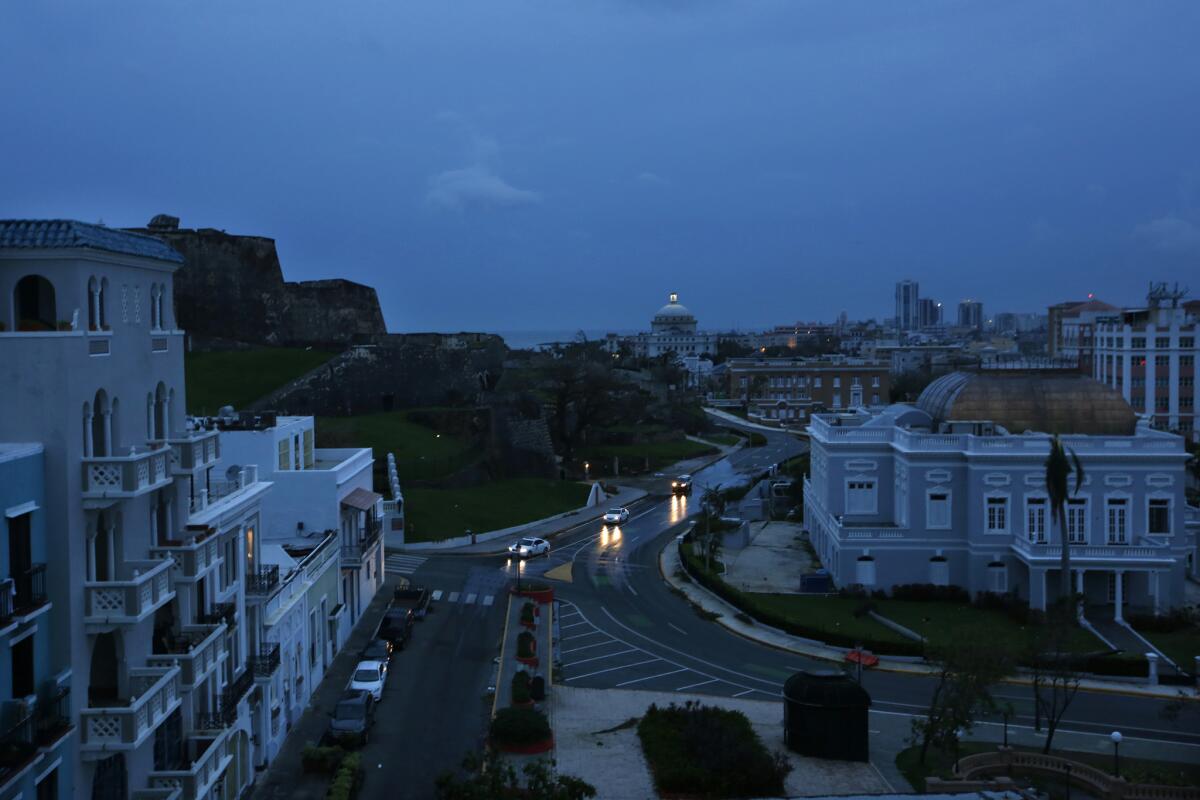Puerto Rico is still in the dark three weeks after Hurricane Maria devastated the island

- Share via

Hurricane Maria struck Puerto Rico on Sept. 20 and, according to the latest figures from the island government, killed at least 45 people. It also created a new surge of migration that could have lasting demographic effects on Puerto Rico and the mainland.
Tens of thousands of islanders left for the U.S. mainland to escape the immediate aftermath of the storm. With conditions back home still grim — about 85% of residents still lack electricity and 40% are without running water, and neither is expected to be fully restored for months — many find themselves scrambling to build new lives away from the island.
Safe drinking water still an issue
Getting food and aide to remote areas of the island
FEMA Administrator Brock Long said 16,000 federal and military assets are on the ground in Puerto Rico and about 350,000 Puerto Ricans have registered so far in the FEMA system to receive financial assistance.

Heavily damaged infrastructure
Roads and highways have been washed out, hampering relief efforts to the interior of the island.
Resolve
Puerto Rican officials say it will probably be four to six months before power is fully restored across the U.S. territory of 3.5 million people. Food and basic supplies remain scarce in the mountainous interior, waterborne diseases pose a growing threat, and many hospitals are in dire circumstances.

– compiled from Los Angeles Times and Associated Press reports
Sign up for The Wild
We’ll help you find the best places to hike, bike and run, as well as the perfect silent spots for meditation and yoga.
You may occasionally receive promotional content from the Los Angeles Times.



